Product Short Description
Technical Specifications
- Processor: ARM Cortex-A8, 800 MHz (some sources indicate PowerPC 604e/Motorola PowerPC 604, 400 MHz)
- Memory: 32 MB RAM (23.522 MB usable), 2 MB Flash PROM (some sources mention 512 MB SDRAM, 256 MB Flash)
- Communication Interfaces:
- 2 × Ethernet (RJ45, 10 Mbit/s)
- 2 × Serial (RS-232C, RS-485)
- CAN bus, USB, Profibus DP, Modbus, Ethernet/IP
- Optical ModuleBus (multimode/single-mode fiber, up to 20 km)
- I/O Expansion: Supports CEX bus and ModuleBus interfaces for connecting ABB’s S800 I/O modules (up to 400 digital I/O points, 32 analog I/O points)
Description
- Power Supply: 24 V DC (19.2–30 V DC), typical consumption 6.9 W, max 11.4 W (some sources indicate max 25 W)
- Environmental:
- Operating temperature: -40°C to +70°C (wide-temperature model) / +5°C to +55°C (standard)
- Storage temperature: -40°C to +70°C
- Humidity: 5–95% RH (non-condensing)
- Protection: IP30 (standard) / IP65/IP66 (with appropriate housing)
- Mechanical:
- Dimensions: 196 mm × 119 mm × 135 mm (with base)
- Weight: ~1.2 kg (with base)
- Installation: DIN rail mounting
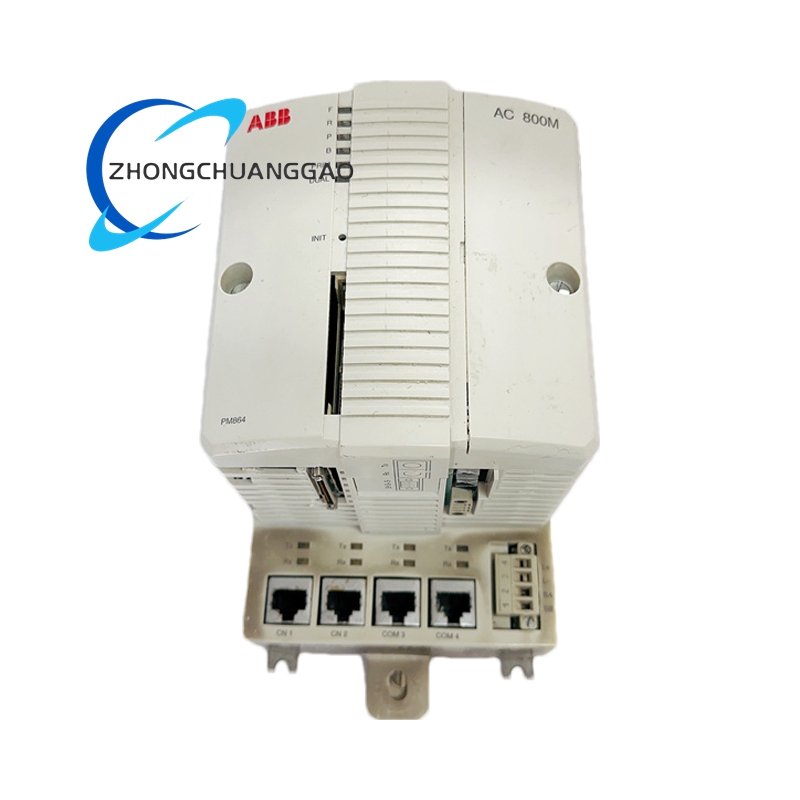
Functional Characteristics
- High-Performance Processing: Handles complex control algorithms and real-time data processing with sub-millisecond latency.
- Redundancy Support: CPU, CEX bus, communication interfaces, and I/O modules can be configured redundantly for high availability.
- Multi-Protocol Communication: Supports Profibus, Modbus, Ethernet/IP, PROFINET, and OPC UA for seamless integration with diverse systems.
- Flexible Programming: Compatible with IEC 61131-3 standards (LD, ST, FBD) and ABB’s Control Builder M development environment.
- Self-Diagnostics: Built-in fault detection and alarm generation for proactive maintenance.
- Real-Time Clock: Ensures accurate time synchronization and event logging.
- Modular Design: Scalable architecture allows customization via plug-in expansion boards.
Application Scenarios
- Process Industries: Complex control in chemical, petrochemical, pharmaceutical, and food/beverage production.
- Power Systems: Substation automation, grid management, and renewable energy integration.
- Manufacturing: Automation of automotive assembly lines, metal processing, and packaging systems.
- Water Treatment: Monitoring and control of water/wastewater treatment plants.
- Building Automation: HVAC, lighting, and security system management in large facilities.
- Transportation: Traffic signal control and railway system automation.
Advantages
- Reliability: Industrial-grade components and redundant configurations ensure 99.99% uptime.
- Scalability: Modular design supports system expansion as needs evolve.
- Durability: Withstands extreme temperatures, vibrations, and electromagnetic interference.
- Compatibility: Seamlessly integrates with ABB’s DCS, PLC, and third-party devices via OPC UA.
- Ease of Use: Intuitive programming tools and diagnostic interfaces reduce development time.

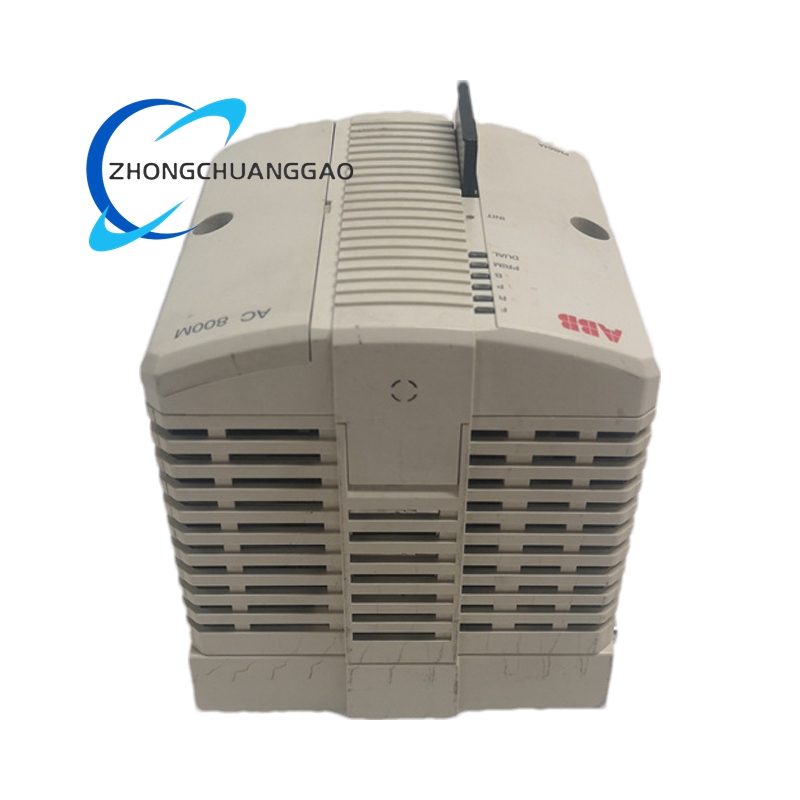
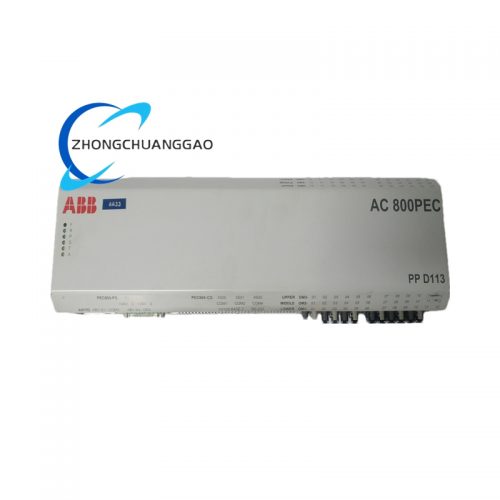
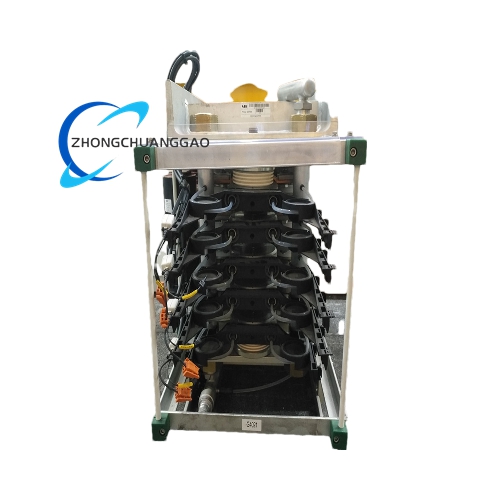
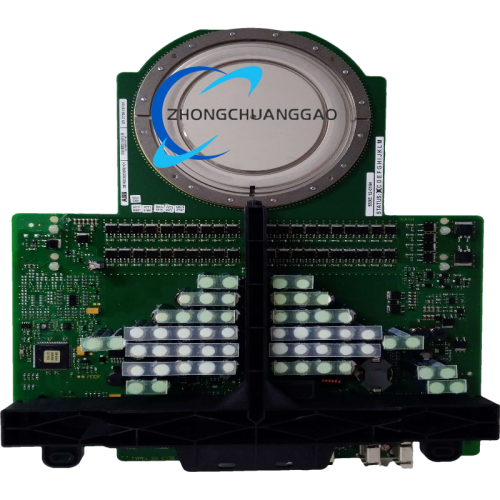
Reviews
There are no reviews yet.